In this page, the Portuguese students give the historic and cultural background of a specific artistic style found on the facades of buldings of their area and present their work of reproducing the patterns using Coreldraw.
The art of the glazed tile or “azulejo”- a word originated from the Arabic al-zuleycha, meaning small polished stone -is a legacy of Islamic culture left to the peoples of the Iberian Peninsula after the Reconquest.
In the 14th and 15th centuries pieces of mosaic of different forms were used in the south of spain. When the arabs were finally expelled from the Península, the Spanish kings continued to use glazed tiles in their constrution, at the close of the 15th century, the Seville and Málaga workshops exported their “mudéjar” or Hispanic-Arabic tiles to Portugal.
At the beginning of the 16th century in Portugal the ceramic tiles were no longer imported from spain, this period marked the beginning of a national output.Portugal´s loss of independecen in the 16th century along with the Spanish occupation was to lead to a great expansion in the production of glazed tiles where different influences were seen:. Italian,Flemish and Andaluzian. This was the resulto f trade links enjoyed by this country facing the sea.Phillipe II lived in Lisbon for 2 years and began construting numerous buildings, the role of the glazed tile became more and more decorative and the repetition polychrome motifs produced a geometrical carpet effect, covering whole walls, inside these buildings.
Until the beginning of the 19th the glazed tiles was used as an interior decoration for both reliougous and private buildings, occasionaly in the gardens appertaining to a private pallace as well.
For example:
The Estoi Palace is a rococo pastiche in the Faro (Portugal). it is unique in the region.A nobleman had the idea a create this palace, but he died shortly after the start of construction in the 1840s.
The house that develops horizontally and is characterized by the great central body protruding and higher, Presents a facade of a certain simplicity, but It reveals in its interior the opulent taste of the time.
On the lower terrace you can see a pavilion with blue and white tiles signed by Pereira Júnior between 1899 and 1904 that called the Cascade House and inside it is a copy of Canova's Three Graces.
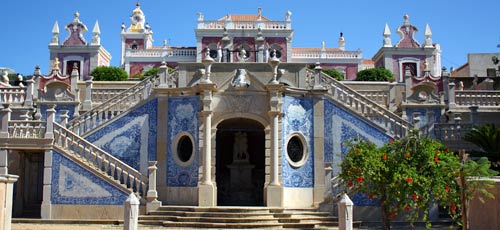
The period of the Napoleonic wars coincided with a serious economic crisis which, according to many, corresponded to a declining in the art of glazed tiling. In fact production virtually came to a standstill and was only to pick up following the signing of na economic treaty between Brazil and Portugal. It now wished to please a new bourgeois clientèle which covered the façades of their homes with ceramic tiles, thus provinding colo rand cleanliness to the sombre streets. Such a tendecy grew stronger throughtout the 19th and 20th centuries.
Pattens
When man began to repeat the first symbols he began to make patterns. Patterns exist in everything, everywhere. In Autumn they are formed by the patterns of the leaves from plane trees, eucalyptus leaves, fig leaves.
Nature makes patterns.
I’m always finding patterns and thinking about repeating them. To me, a pattern is doing always the same thing, but always doing it in a different way.
Man as remembered and repeated patterns for thousands of years.
In repetition there must be Invention.
That is Creation.
What a great pity it is that patterns have become so debased nowadays.
Patterns on houses should be approached with thought and care. Lovely as they are, it is a waste just to copy XVII century patterns, it´s better to create others of aesthetic value in keeping with our times.”
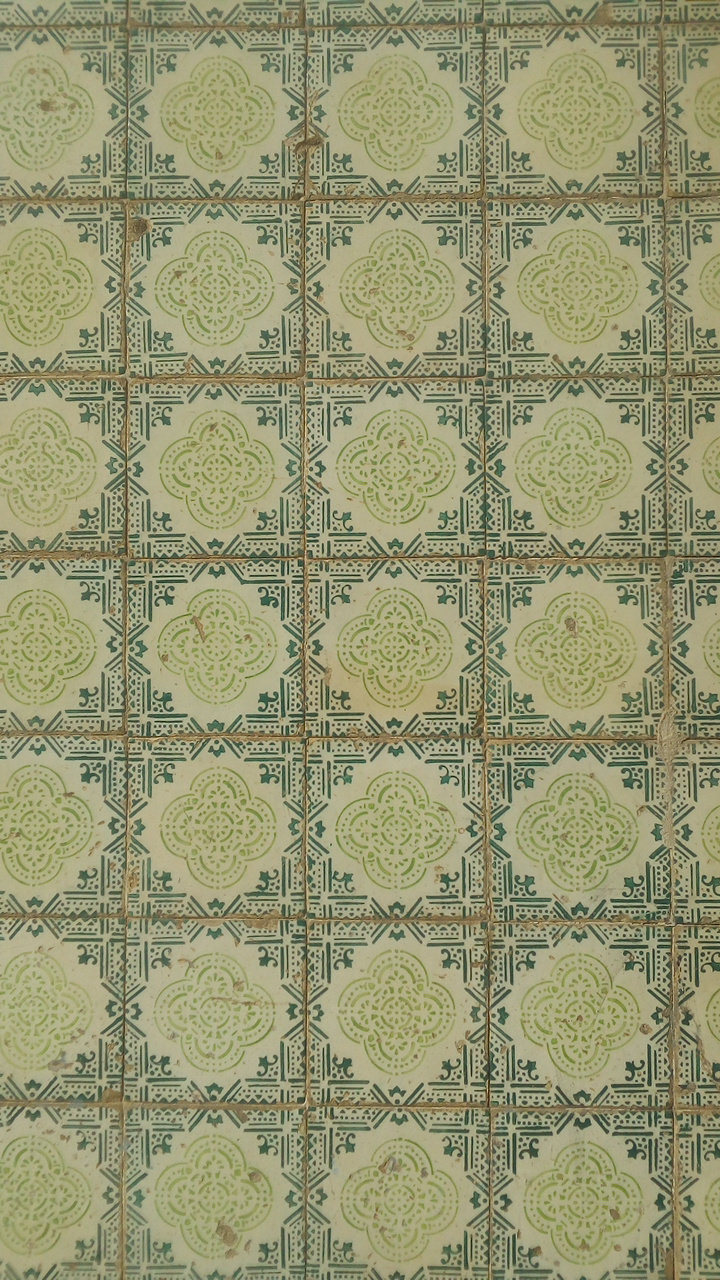
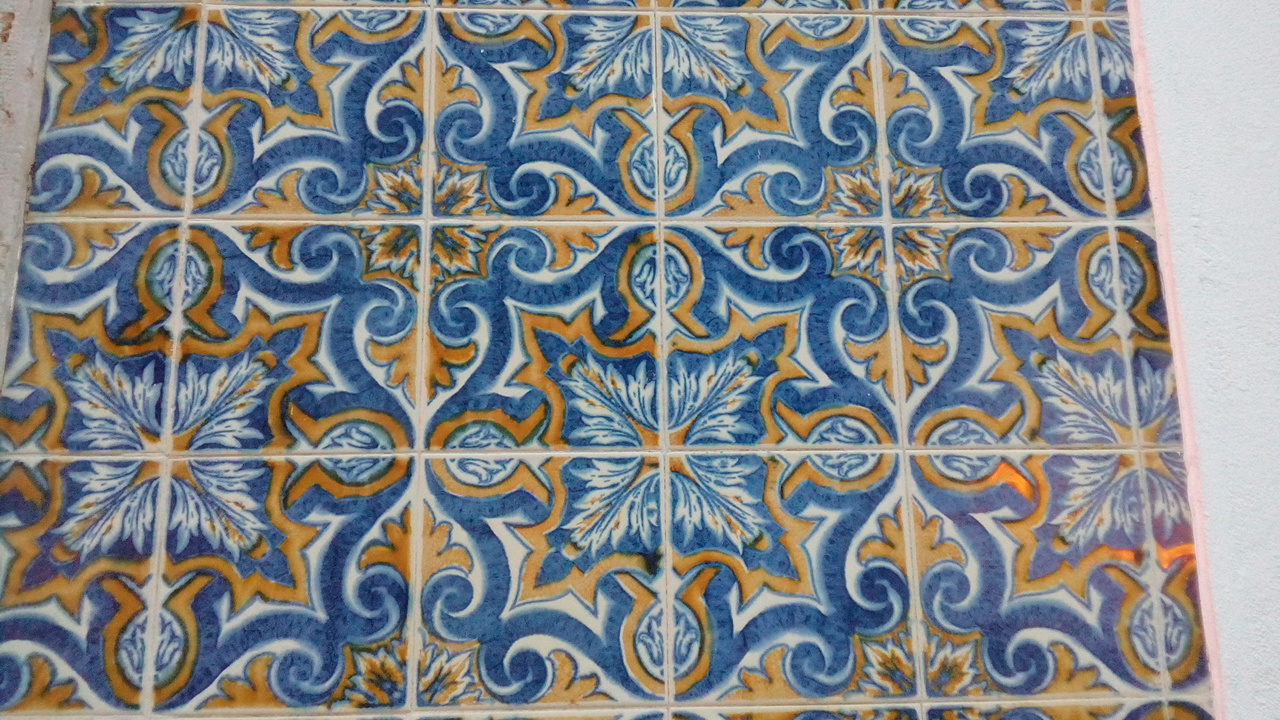
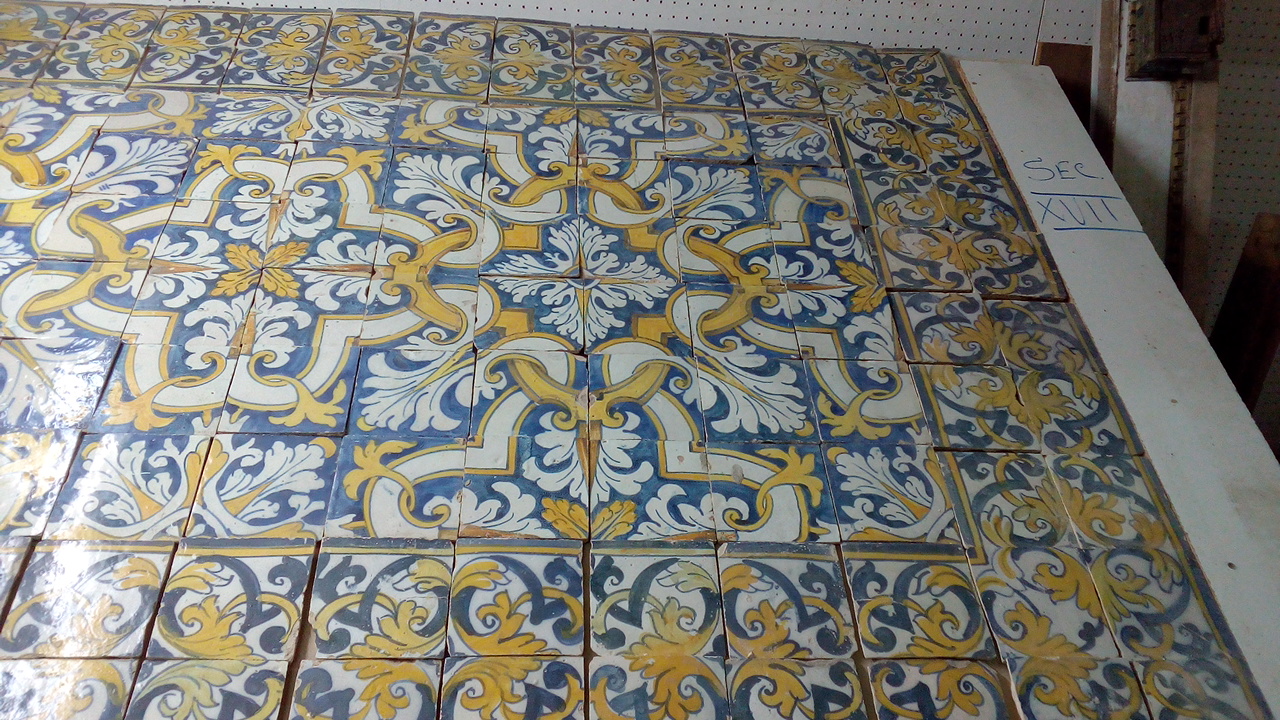
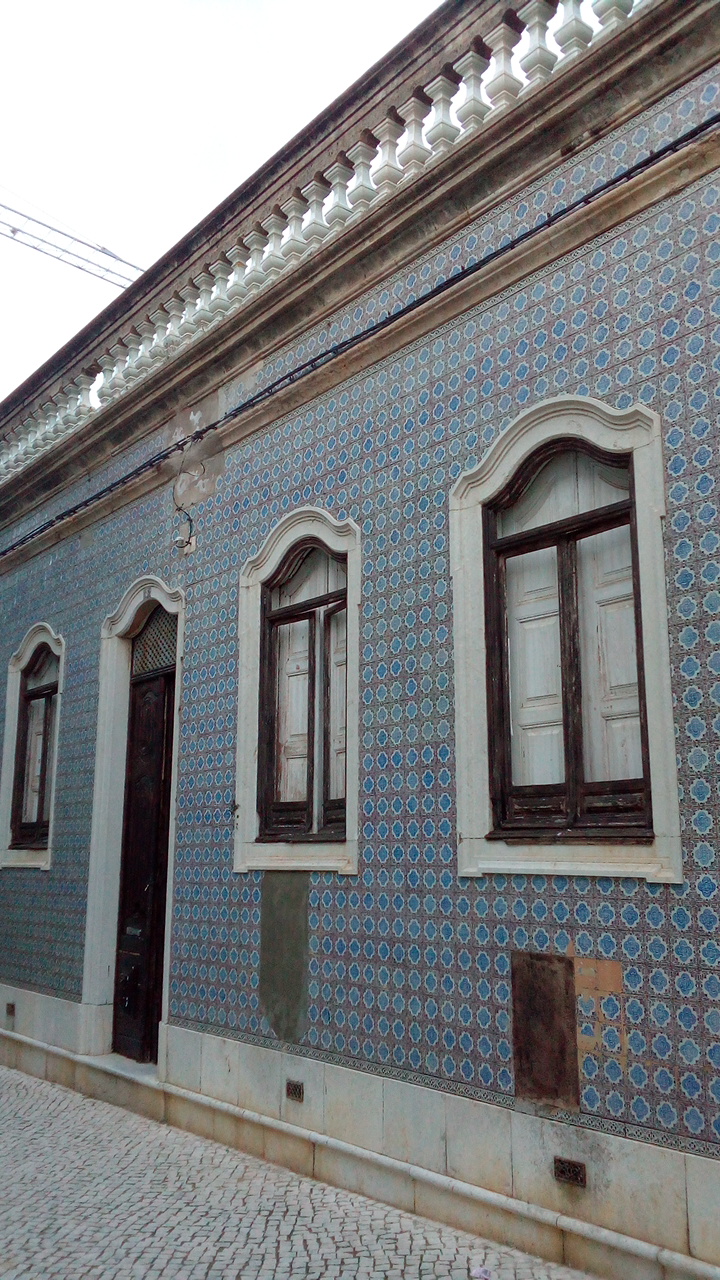

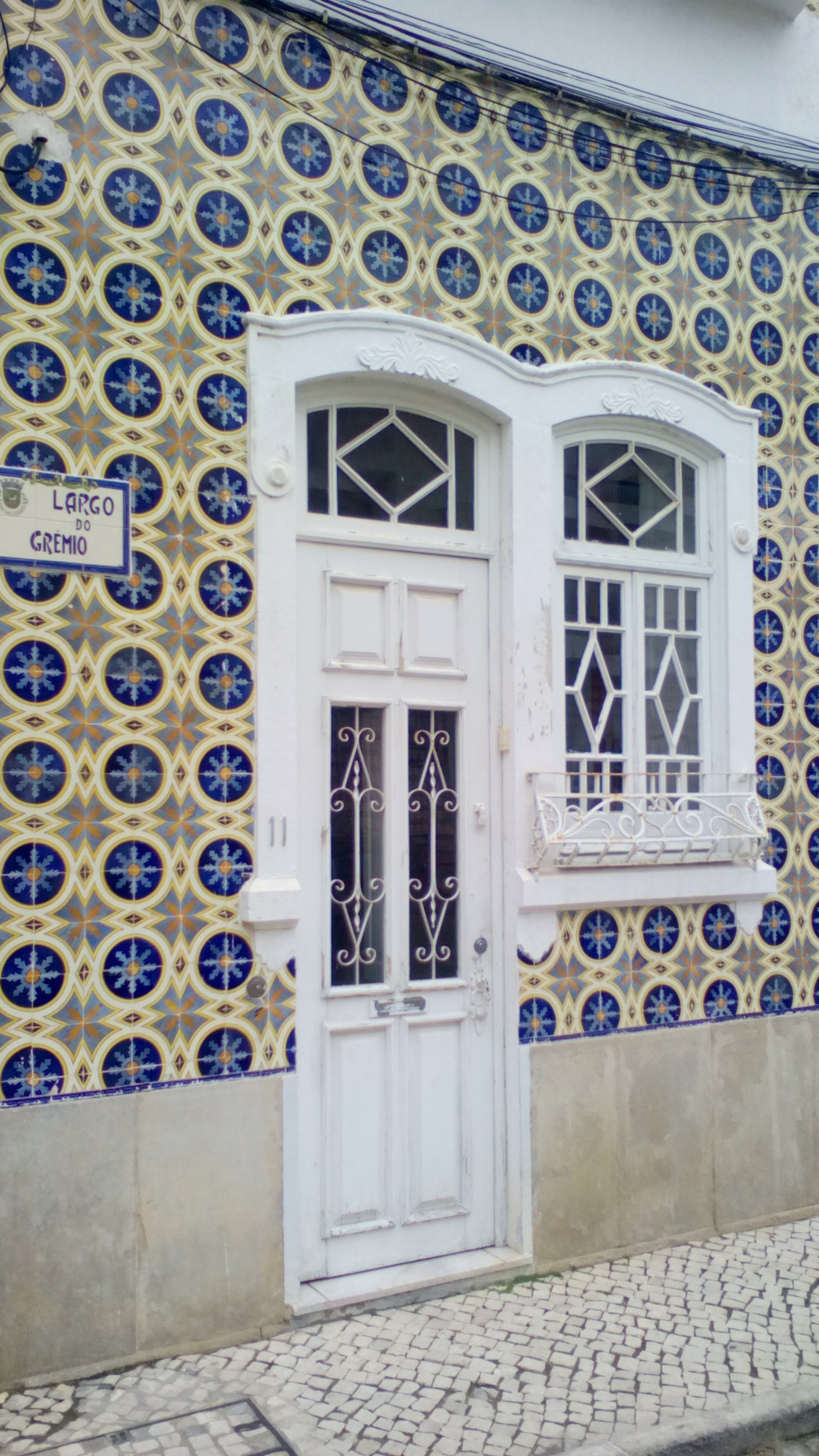
Let´s try to reproduce some patterns using the CORELDRAW!
Student´s works:









